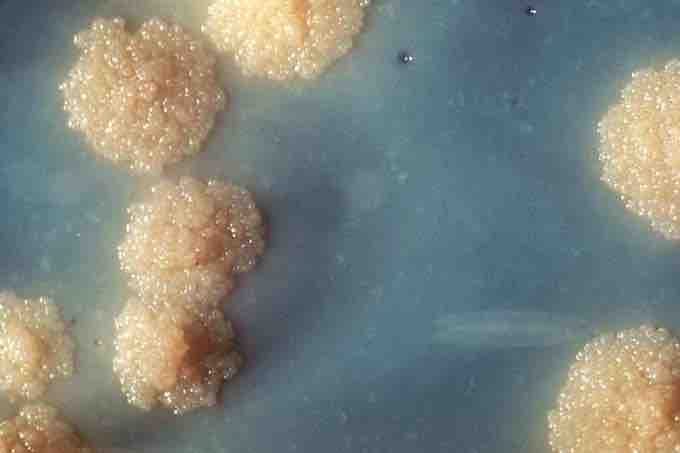Genetic probes are based on the detection of unique nucleotide sequences with the DNA or RNA of a microorganism. Once such a unique nucleotide sequence, which may represent a portion of a virulence gene or of chromosomal DNA, is found, it is isolated and inserted into a cloning vector (plasmid), which is then transformed into Escherichia coli to produce multiple copies of the probe. The sequence is then reisolated from plasmids and labeled with an isotope or substrate for diagnostic use. Hybridization of the sequence with a complementary sequence of DNA or RNA, follows cleavage of the double-stranded DNA of the microorganism in the specimen. The use of molecular technology in the diagnoses of infectious diseases has been further enhanced by the introduction of gene amplication techniques, such as the polymerase chain reaction (PCR) in which DNA polymerase is able to copy a strand of DNA by elongating complementary strands of DNA that have been initiated from a pair of closely spaced oligonucleotide primers. This approach has had major applications in the detection of infections due to microorganisms that are difficult to culture (e.g., the human immunodeficiency virus), or that have not as yet been successfully cultured (e.g., the Whipple's disease bacillus).
It is well established that genotyping of pathogenic isolates provides valuable support for the investigation of suspected outbreaks, the detection of unsuspected transmission, the tracing of infectious agents within a community, and the identification of possible sources of infection for newly diagnosed cases. At the national or international level, fingerprinting allows strains from different geographic areas to be compared, and the movement of individual strains to be tracked. Fingerprinting technique requires high-quality genomic DNA, which is not only difficult to prepare but also requires culturing of the organism, resulting in a long turnaround time. In addition, fingerprint interpretation and matching can be complicated and require sophisticated computer software for large-scale analysis.
In contrast, nucleic acid amplification-based assays do not require culturing of the organisms, allowing the analysis of samples in real time. In many PCR-based typing assays, the target DNA of interest is amplified and labeled by PCR, and the labeled products are hybridized to an array of immobilized diagnostic probes. This method has been successfully used for the detection of mutations in drug resistance genes of Mycobacterium tuberculosis, and for Mycobacterium species identification . Spoligotyping, a reverse dot blot assay that detects the presence of a series of unique spacers in the direct repeat (DR) locus, meets the need for a simple and rapid method by which to distinguish M. tuberculosis complex strains. However, spoligotyping has significantly less discriminatory power than fingerprinting.

Mycobacterium Tuberculosis
a Mycobacterium tuberculosis culture revealing the organism's colonial morphology.